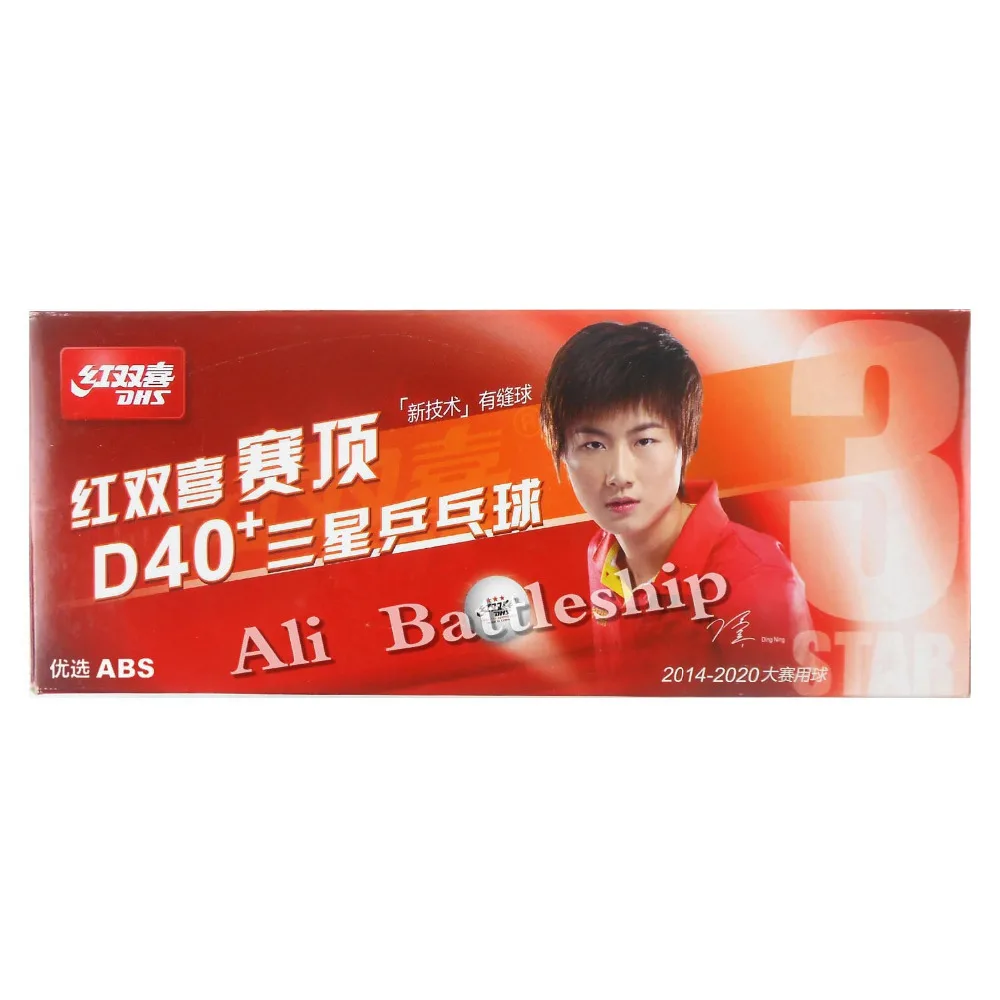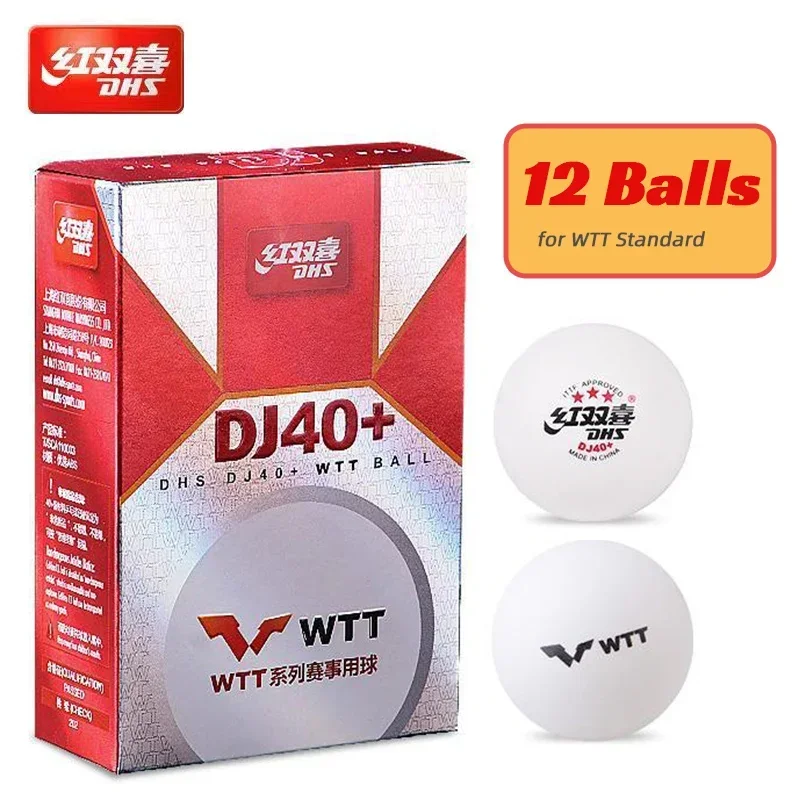What do the Numbers Inside Recycling Symbols on Plastic Items Mean?
The numbers inside recycling symbols on plastic items indicate the type of plastic used in the product. These numbers range from 1 to 7, with each number representing a different type of plastic.
- 1 (PET or PETE): Polyethylene terephthalate (PET or PETE) is used in plastic bottles for water, soda, and juice.
- 2 (HDPE): High-density polyethylene (HDPE) is used in milk jugs, detergent bottles, and toys.
- 3 (PVC): Polyvinyl chloride (PVC) is used in pipes, flooring, and shower curtains.
- 4 (LDPE): Low-density polyethylene (LDPE) is used in plastic bags, squeeze bottles, and food packaging.
- 5 (PP): Polypropylene (PP) is used in yogurt containers, margarine tubs, and straws.
- 6 (PS): Polystyrene (PS) is used in disposable cups, egg cartons, and packing peanuts.
- 7 (Other): This category includes all other types of plastics, such as acrylic, nylon, and polycarbonate.
Understanding these numbers is important for recycling plastic items correctly. Different types of plastic require different recycling processes, and mixing different types of plastic can contaminate the recycling stream. By following the recycling instructions on the product label and separating plastics by their recycling numbers, you can help ensure that these valuable materials are recycled and reused.
Related Questions:
- What is the most commonly recycled type of plastic? - PET or PETE (1)
- What type of plastic is used in milk jugs? - HDPE (2)
- Is PVC (3) recyclable? - Yes
- What type of plastic is used in plastic bags? - LDPE (4)
- What does "other" (7) refer to in the recycling symbol? - Other types of plastics, such as acrylic, nylon, and polycarbonate
Related Hot-Selling Products:
- Rubbermaid Commercial Plastic Brute Container
- JanSport SuperBreak Backpack
- Clorox Commercial Solutions Bleach
- Dixie Perfect Touch Paper Plates
- Hefty Ultra Strong Tall Kitchen Trash Bags
Pre:Is it safe to throw away keys in the trash can
Next:How do I follow a seed cycle to overcome the PCOD problem











